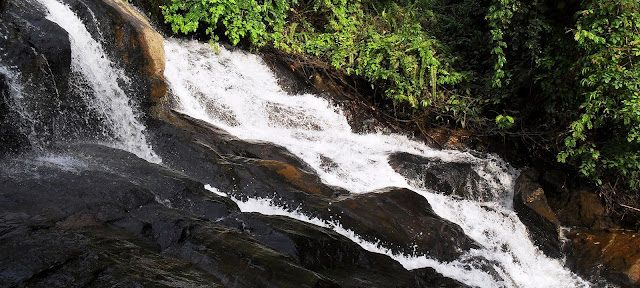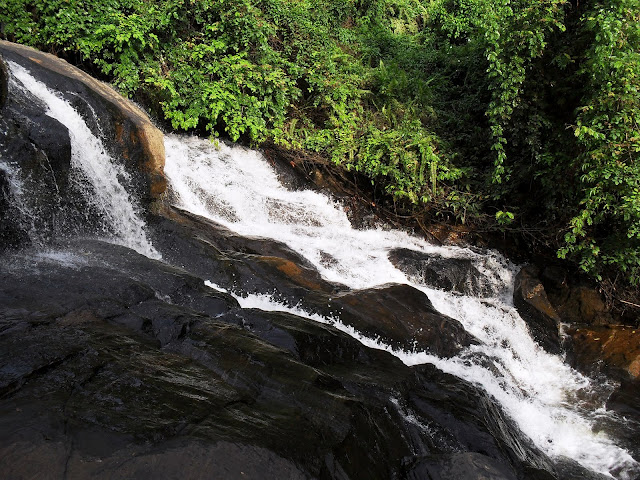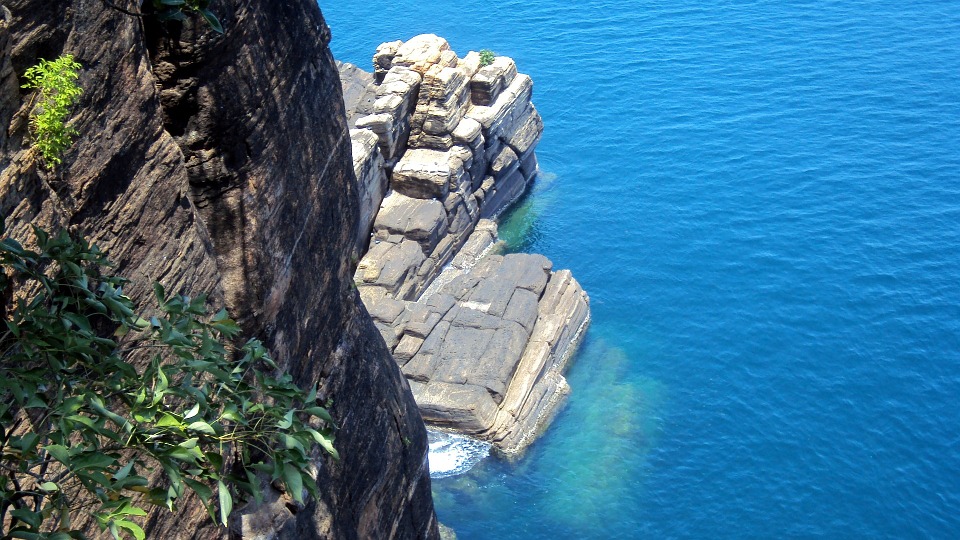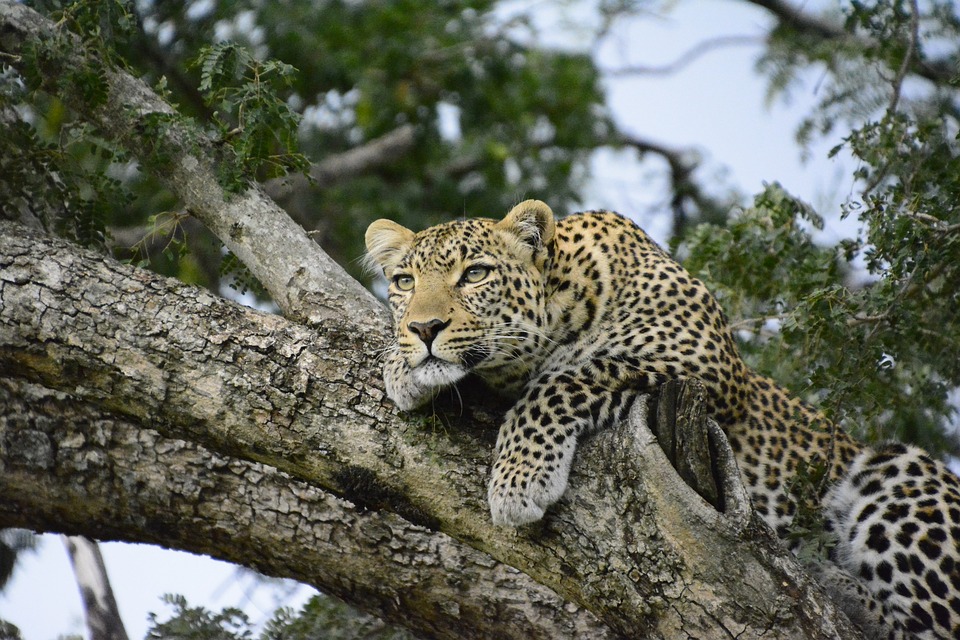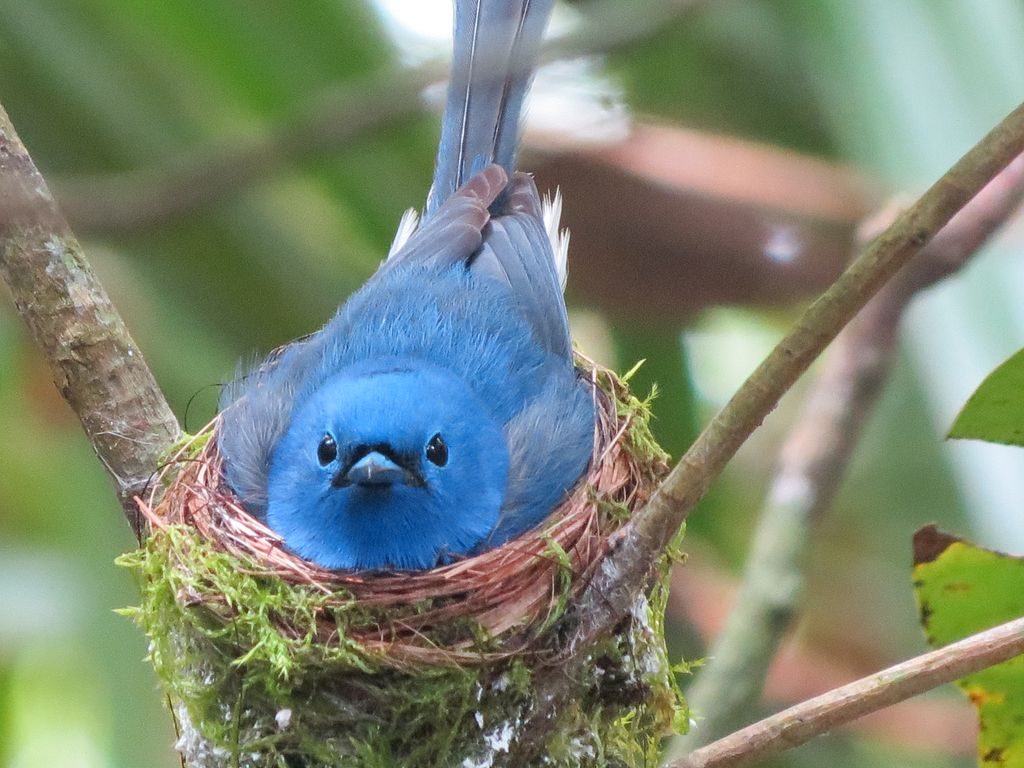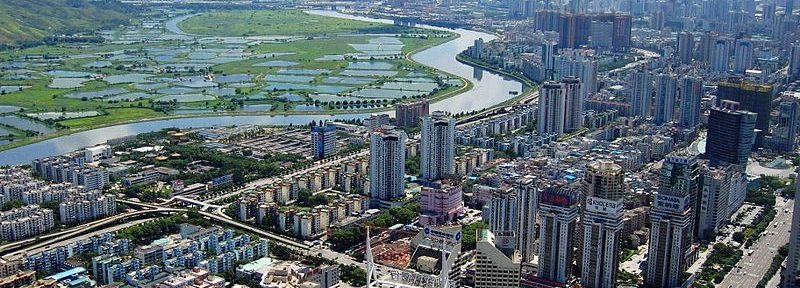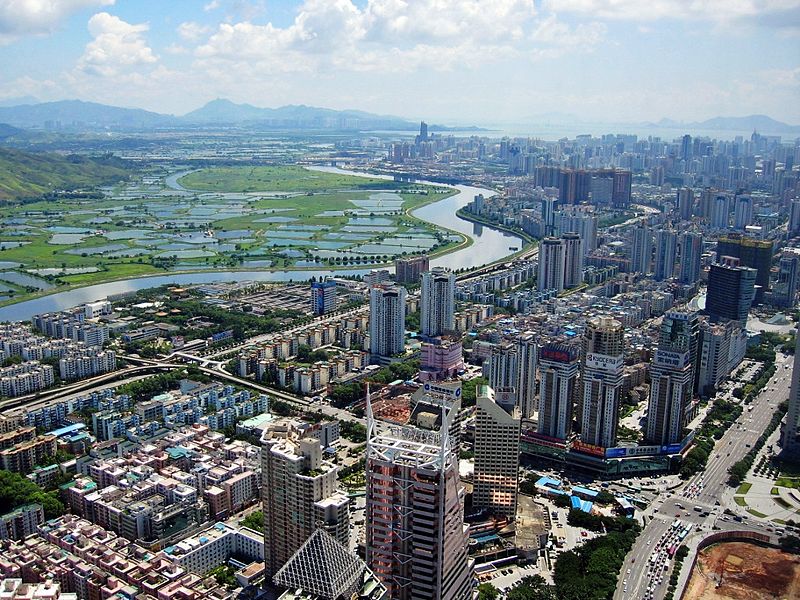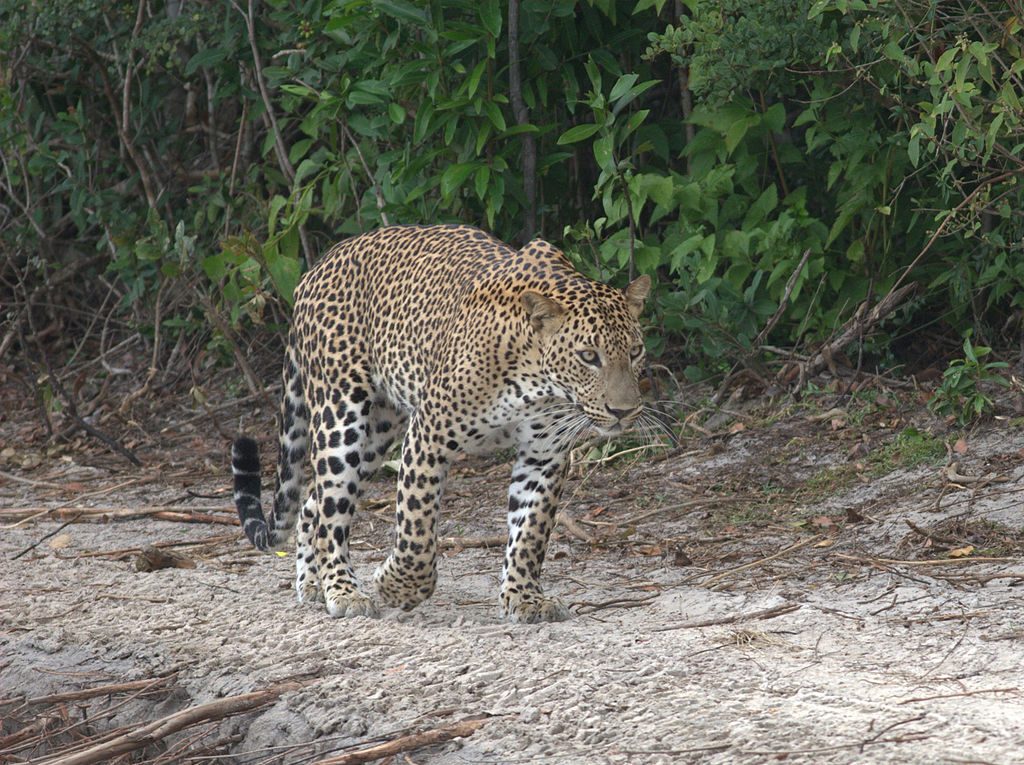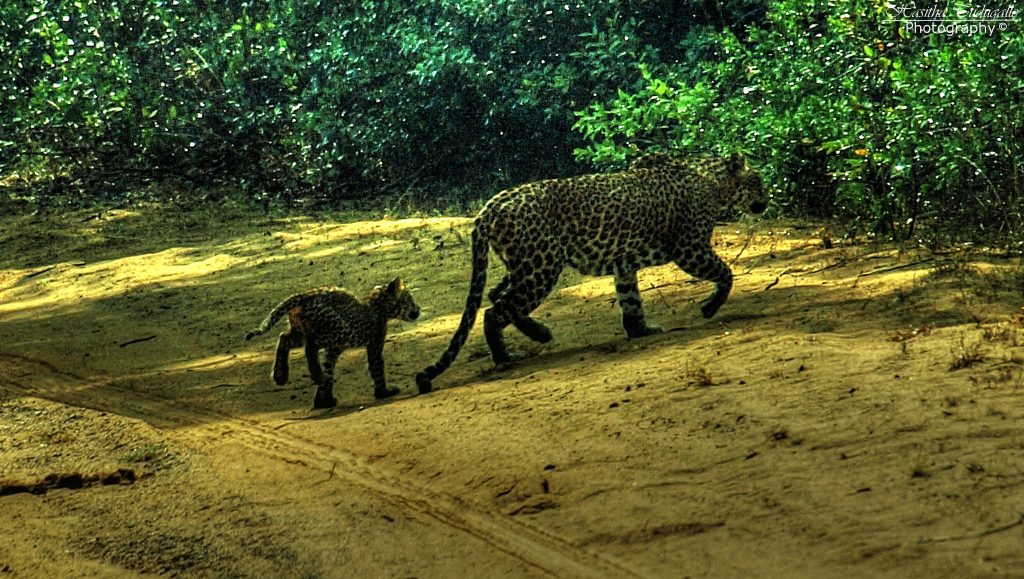With a wide variety of environments ranging from forest to jungle, wet to dry zone, and low lands to the hill country, Sri Lanka has no shortage of fascinating sites to spot diverse bird species.
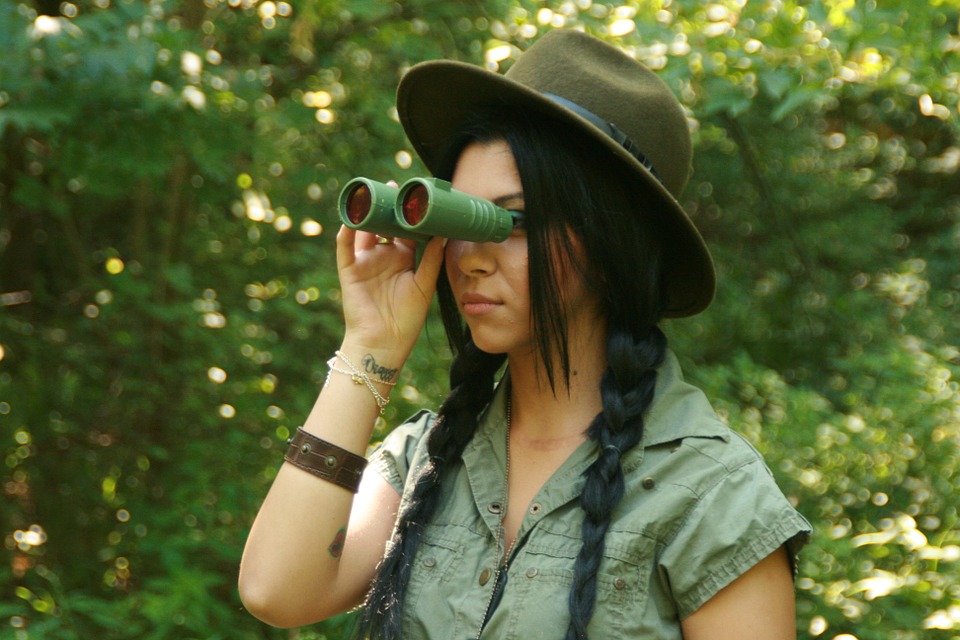
Sinharaja Forest
Being the most bio-diverse wet zone forest cover in the country, Sinharaja must be explored by foot. The place declared a World Heritage Site in 1989 is home to a wide variety of endemic as well as migratory bird species. You can spot a Green Billed Coucal, Yellow Fronted Barbet, Ceylon Blue Magpie, Scaly Thrush, and many more fascinating species. Sinharaja is an ancient forest home to many magical aspects and is covered by local tour operators like Cinnamon Nature Trails.
Kumana Bird Sanctuary
When it comes to bird watching in Sri Lanka, you should not miss visiting the Kumana Bird Sanctuary. This bird sanctuary features a massive swamp lake which plays host to a wide range of nesting waterbirds, especially between May and June. Migratory bird species that can be spotted here are the Indian cormorant, lesser whistling duck, little egret, purple swamphen and spot-billed pelican.
Kanneliya Forest Reserve
Accessible from the coastal city of Galle, Kanneliya is another forest reserve where one can spot many endemic bird species. Keen birders can keep a lookout for the oriental dwarf kingfisher, brown-capped pygmy woodpecker, black eagle and Indian blue robin that have also graced the reserve with their presence.
Bundala National Park
The first Ramsar wetland site in the island, the Bundala National Park offers birdwatchers some of the best avifauna sightings be it for migrant water birds or resident species. The lagoons within the park attract many birds including large flocks of migrating greater flamingos, one of the highlights of bird watching here.
| Fritzjames Stephen is a travel writer, who writes content based on the myriad of experiences and indulgences that the world has to offer travellers across all walks of life. Google+ |

